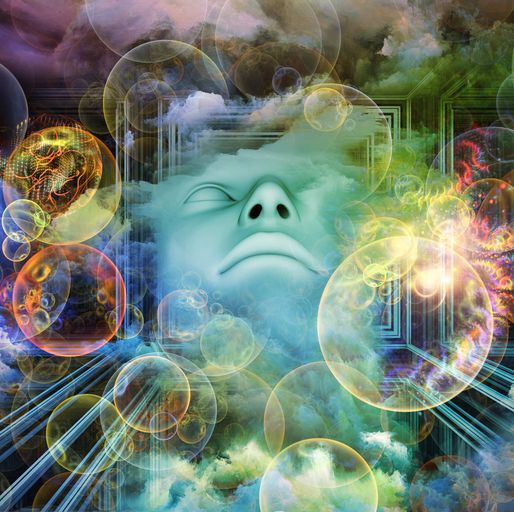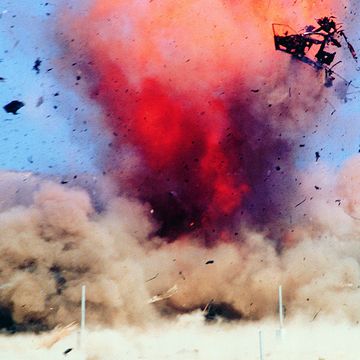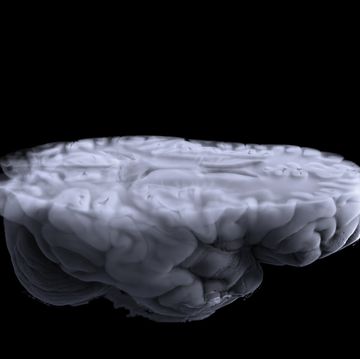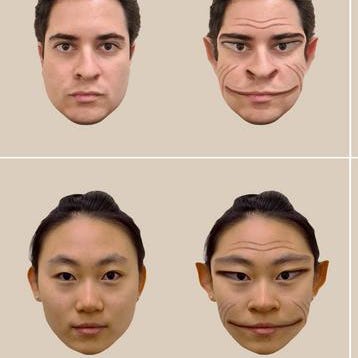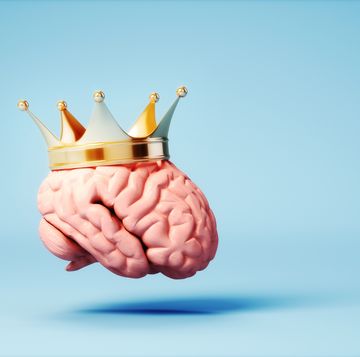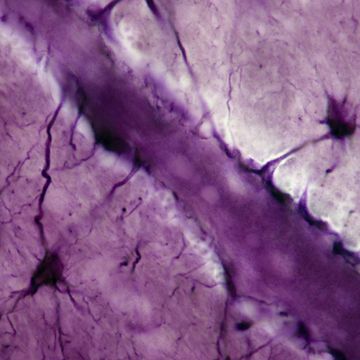- Futurist Ray Kurzweil is still making waves years after his initial singularity claims as artificial intelligence continues to progress.
- With singularity milestones coming, Kurzweil believes immortality is achievable by 2030.
- Kurzweil’s predictions are met with a healthy dose of skepticism.
A new video from the YouTube channel Adagio revisits futurist Ray Kurzweil’s ideas about how for humans, both singularity and immortality are shockingly imminent—as in, potentially just seven years away.
Both concepts may take a stretch of reality to attain, but Kurzweil and his supporters are quite limber. The idea of singularity is the moment AI exceeds beyond human control and rapidly transforms society. Predicting this timing is tricky, to say the least.
But Kurzweil says one crucial step on the way to a potential 2045 singularity is the concept of immortality, possibly reached as soon as 2030. And the rapid rise of artificial intelligence is what will make it happen. Kurzweil believes that our technological and medical progress will grow to the point that robotics—he dubs them “nanobots”—will work to repair our bodies at the cellular level, as reported by Lifeboat, turning disease and aging around thanks to the continual work of robotic know-how. And then, voilà: immortality.
Naturally, the promise of immortality by 2030 has believers and critics equally excited and skeptical, repeatedly, of Kurzweil’s bold predictions. Of course, it doesn’t help that humans are experiencing a downward trend in global life expectancy, and leaders in the space are predicting that if this singularity does occur, it will wipe out humans altogether.
As scientists continue to work on the idea of self-repairing cells, we’ll need some major steps forward on the cellular level to make immortality a possibility. Of course, it may all be moot if we can’t figure out a way to fight off the dominance of the AI that keeps us alive.
Tim Newcomb is a journalist based in the Pacific Northwest. He covers stadiums, sneakers, gear, infrastructure, and more for a variety of publications, including Popular Mechanics. His favorite interviews have included sit-downs with Roger Federer in Switzerland, Kobe Bryant in Los Angeles, and Tinker Hatfield in Portland.
